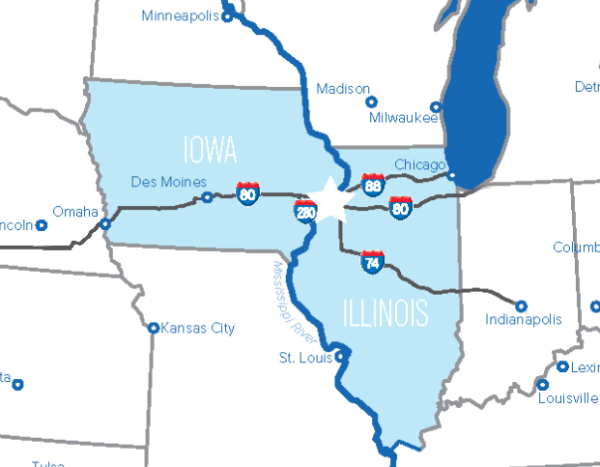The Quad Cities labor market added approximately 6000 jobs in 2022 according to the Bureau of Labor Statistics. During the quarter, total nonfarm employment peaked at just over 191,000 jobs, which exceeded the high of about 188,000 jobs in 2019 before the COVID-19 pandemic.
Leading the sectors in job growth in the Quad Cities MSA for the year were government (federal, state, and local) with a 10.5% increase in jobs. Leisure and hospitality jobs grew 9.5%. Manufacturing jobs increased by 4.2%. Trade, transportation, and utilities, our largest jobs category in the metropolitan area (39,500 jobs) increased at a 3.9% rate last year.
The unemployment rate stands at about 3.7% in the Quad Cities MSA, up slightly from a low of 3.4% in September, but stable from November to December. Prior to COVID-19, the unemployment rate had been following a slow downward trend from around 10% in 2010 during the previous recession to 3.4% in May 2019.
Unemployment rates below 4% are an indication that the labor market is fairly tight and that there is likely to be competition for workers, potentially driving up wages. Compared to the rest of the country, however, wages in the Midwest remain competitive. Both wages and benefits remain below the national average for most occupations. In the Quad Cities specifically, wages for heavy and tractor-trailer truck drivers as well as wages for machinists, are comparable to the national average while wages for most other occupations are below the national average.
Wage growth in the Midwest this year has tracked slightly ahead of the rest of the country, but less than the inflation rate. As a result, real wages (adjusted for inflation) have fallen slightly.
Looking ahead to 2023, inflation is expected to moderate and economic conditions are expected to soften nationwide, leading to less pressure on wages and possibly a slowing of job growth. How much of a slowdown occurs will depend on whether the Federal Reserve will need to raise interest rates higher than expected. At the time of this writing, that is still very much an open question.






